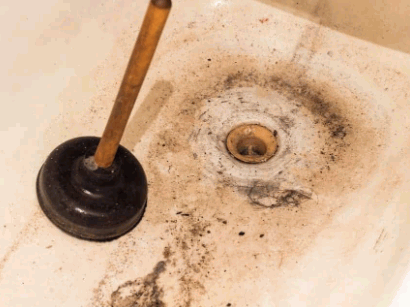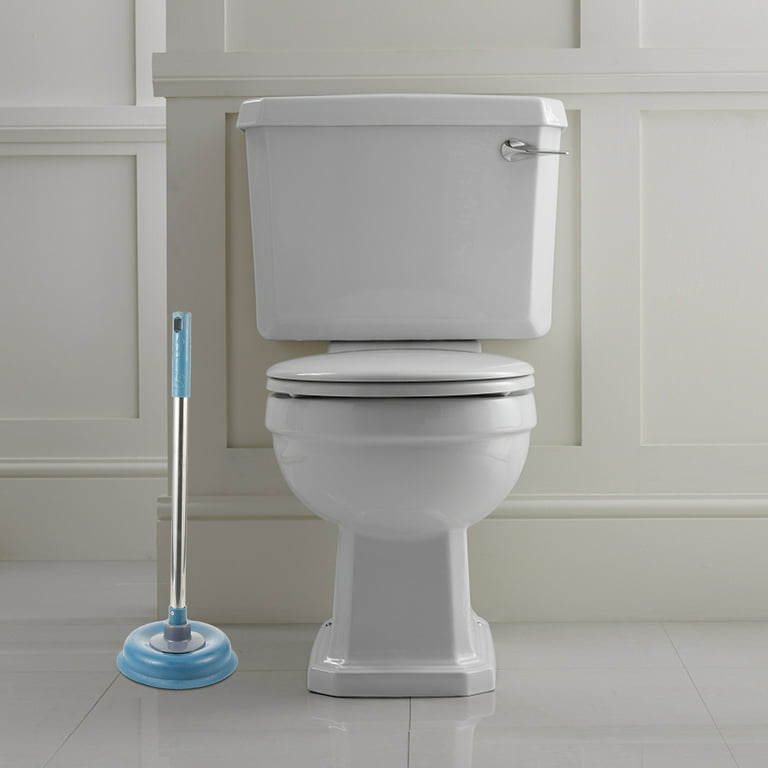Presented here underneath you can discover a bunch of sound insight about How to Unclog Your Sink with a Plunger.

Introduction
Correct maintenance of house drains is crucial for avoiding clogs and ensuring smooth water flow. One of the secret tools in every home owner's toolkit is the bettor, together with different drain cleansers developed to take on stubborn blockages successfully. This write-up discovers how to utilize bettors and drainpipe cleaners efficiently to maintain your drains pipes flowing freely.
Area 1: Understanding Bettors
Types of Plungers
There are a number of types of bettors offered, each made for different sorts of drains and blocks. One of the most typical types include mug plungers, flange plungers, and accordion bettors.
Exactly How Plungers Work
Bettors service the concept of producing stress and suction to dislodge blockages. When correctly applied over a drainpipe, they create a vacuum that can take out particles or break up blockages.
Selecting the Right Bettor
Selecting the right plunger relies on the kind of drain and the nature of the clog. Cup bettors are optimal for sinks and bathtubs, while flange bettors are better suited for commodes due to their style.
Typical Errors with Bettors
Avoiding these mistakes guarantees reliable plunging: improper seal around the drain, inadequate force, and not clearing bordering debris.
Area 2: Using Plungers Efficiently
Preparation
Prior to diving, make certain the plunger covers the drain completely and develops a limited seal. Clear any noticeable particles around the drain opening.
Strategy
Begin with mild diving motions to develop suction. Boost stress progressively, making use of a stable rhythm. Repeat as necessary until the drainpipe gets rid of.
Troubleshooting Tips
If diving doesn't work, try changing the seal, using oil jelly for a far better seal, or using a various type of plunger.
Section 3: Recognizing Drainpipe Cleaning Company
Sorts Of Drainpipe Cleansers
Drain cleaners can be chemical or chemical. Chemical cleansers use strong chemicals to liquify obstructions, while chemical cleaners make use of natural enzymes to break down organic matter.
Just How Drain Cleansers Work
Chemical cleansers react with obstructions to dissolve them, while chemical cleansers break down natural products like hair and oil without hurting pipelines.
Security Factors to consider
Always use gloves and eye defense when making use of chemical drain cleaners. Ensure sufficient ventilation and comply with producer guidelines carefully.
Eco-Friendly Alternatives
Think about using vinegar and baking soft drink or enzyme-based cleansers for environment-friendly alternatives that are much safer for pipes and the atmosphere.
Area 4: Using Drainpipe Cleaning Company Successfully
Application Techniques
Pour chemical cleansers straight right into the drainpipe opening. Enable them to work for the recommended time before flushing with warm water. Chemical cleansers ought to sit over night.
Precautions
Stay clear of mixing different kinds of cleaners, as this can create harmful fumes. Never ever make use of chemical cleansers in conjunction with a plunger, as spilling can occur.
Dealing With Stubborn Obstructions
For relentless blockages, take into consideration utilizing a pipes serpent or calling a professional plumbing to avoid damage to pipelines.
Final thought
Finally, recognizing how to make use of plungers and drain cleansers successfully is important for keeping healthy pipes systems. By picking the right devices and techniques, home owners can deal with small clogs and stop major pipes concerns down the line.
How to Use a Plunger to Unclog a Drain
The humble plunger is a simple yet effective tool for breaking clogs in sinks, tubs and toilets. This handy tool is easy to use. You can make the most of its power if you understand how it works. Ready to dive in? Here’s what you need to know.
Safety First!
Never use a plunger with drain chemicals. Water will splash as you work, and the chemicals can spatter, burning skin and eyes. It’s a good idea to use rubber gloves and wear safety goggles when you work on a clog.
Choose the Right Tool for the Job
Plungers come in two different styles. Sinks, bathtubs and showers require a cup plunger. Like its name suggests, the rubber end is shaped like a cup. Use a flange plunger on toilets. These plungers have a rubber funnel extending from the cup. A plunger needs to be big enough to cover the drain.
Ready, Set, Plunge!
- Coat the rim: Coat the plunger rim with petroleum jelly. This helps make a better seal.
- Block outlets: Hold a wet rag over nearby outlets such as the overflow vent or the drain in a second sink.
- Release air: Insert the plunger at an angle into the water. Water will displace air in the cup. A water-filled cup is more forceful than one filled with air.
- Keep the plunger upright: Hold the plunger perpendicular to the drain. Use fast, forceful strokes, but make the first stroke gentle. The first stroke can create a splash if the cup still contains air. Thrust the plunger 15 to 20 times.
- Snap off the plunger: The final stroke should be a strong upward motion that ends when the plunger snaps off the drain.
- Repeat the process: you may need to repeat this sequence several times. When the water drains away, your work is done. High-five!
https://plumbernw.com/blog/how-to-use-a-plunger-to-unclog-a-drain/

I was shown that editorial about How to Use a Plunger to Unclog a Toilet or Drain from an associate on our other website. Liked our write up? Please share it. Let other people check it out. Bless you for your time. Come back soon.
Appointment
Comments on “Mastering Plunger and Drain Cleaners: Key Advice”